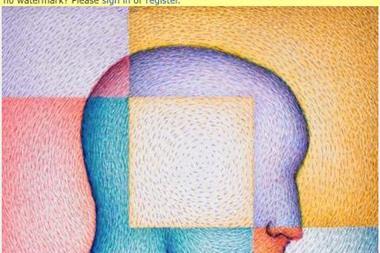Drawing on the detailed graphic rendering of programs such as Google Earth, new mapping tools can illustrate property assets at risk in real time. By Andrew Leslie
Google Earth is not just a means of looking at multi-million dollar houses, the world's great monuments or your own back garden from the air. It provides the basis for new tools to manage catastrophe exposures.
One of these is VisioRisk, created by AXA Corporate Solutions, which allows users to view their exposures in three dimensional form. The techniques it uses are simple in concept. The property locations are automatically plotted on the view of a city or region, using GPS co-ordinates, and represented as a vertical bar, indicating value at risk. Data from modelling of actual or potential natural hazards, such as tidal surges or hurricanes, are then added as a coloured overlay, and the degree of loss estimated.
The viewer can see instantaneously where, and under what circumstances, assets are most at risk. Properties, or other assets, about which risk transfer decisions have to be made stand out on the map. The program can also be used in real time - as a storm's track is predicted - which means the user can see properties likely to be at risk and alert crisis management teams, with the overall aim of minimising damage and subsequent loss.
AXA Corporate Solutions believes its clients will be rewarded for the hard grind of providing comprehensive detail about their portfolio of assets by being able to see at a glance where they are most exposed in the event of natural catastrophe.
Andrew Leslie is deputy editor of Strategic Risk.


















